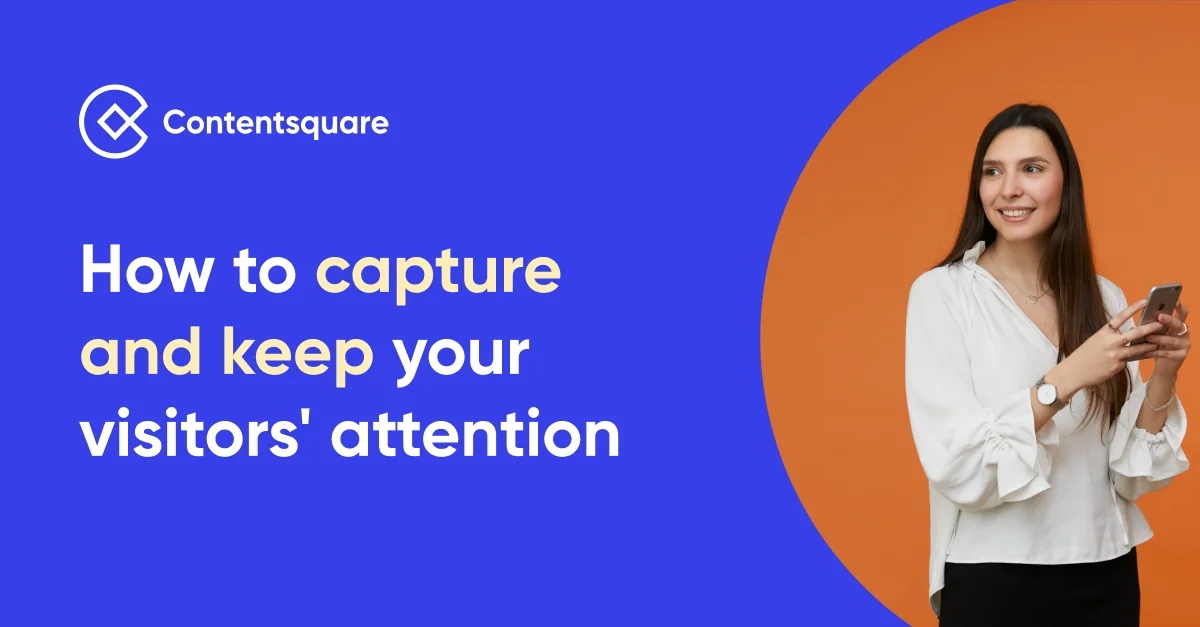What 62 Million User Sessions Reveal About Halloween Retail In 2018

- #1 Shoppers fall under the Halloween retail spell in the first week of October
- #2 Desktop shoppers browsing for Halloween stuff are 56% more likely to convert
- #3 Which country is winning at Halloween eCommerce?
- #4 Halloween shoppers convert more on candy but spend more time checking out booze
- #5 Halloween shoppers do not necessarily spend more
Our data experts worked their sorcery on 62 million grocery shopping sessions over a three month period to better understand how consumers are browsing for Halloween retail products in 2018. Here are some of their fantastic findings:
#1 Shoppers fall under the Halloween retail spell in the first week of October
According to our data, shoppers go pumpkin-crazy the minute October rolls in. In fact, the likelihood of consumers reaching a page showcasing Halloween items goes up 552% from the previous week.
The magic keeps building in the lead-up to October 31st, with a 75% increase in the number of Halloween-themed pages reached from week one to two, and a further 23% increase between the second and third week of the month.
And the week one wizardry also extends to purchases, with the conversion rate on candy and ghoulish miscellany growing a supernatural 335% from the previous week. It seems the conversion spell wears off a little faster than the window shopping sorcery, however, as conversions don’t budge much over the next two weeks.
Meanwhile, grocery stores are more than catering to this Halloween frenzy, adding 833% more Halloween-themed pages to their platforms in the first week of October. New pages continue to trickle in as the holiday approaches, with 69% more Halloween-themed pages cropping up in the second week of the month.
And even though a month may seem like enough time to stock up on candy corn and fake blood, the data shows it’s never too early to start thinking about Halloween. In fact, the first Halloween-themed pages our analysts spotted were rather terrifyingly published the first week of August. And in the week of August 1-8, the number of new Halloween-themed pages went up a spooky 87%.
#2 Desktop shoppers browsing for Halloween stuff are 56% more likely to convert
So how actively are shoppers haunting these Halloween-themed pages? ContentSquare data shows that desktop visitors browsing for Halloween items will consume around 84% more pages than the average non-bounce shopper — that’s 22 pages versus 12. They also spend 64% more time trawling through products, and are 56% more likely to complete a purchase.
The statistics for smartphone shoppers are not quite as imposing. They view on average 44% more pages than mobile users who do not reach a Halloween-themed page — 10 pages versus 7. Their average session is 20% longer, and they are 17% more likely to convert.
Seems that despite the general enthusiasm for Halloween shopping, our fans of all things horror are left scared (and perhaps a little scarred) by mobile UX.
#3 Which country is winning at Halloween eCommerce?
One hair rising find from our research is that the US, where trick-or-treating is a national sport, has the lowest conversion rate on Halloween items (9.94%). In fact, only 0.97% of US-based grocery shoppers will reach a Halloween-themed page during their navigation.
Shoppers in Germany, however, can’t get enough of Halloween goodies, with 9.94% of users reaching Halloween-themed pages during their visit. In the UK, that figure drops to a grisly 3%.
UK-based consumers win the conversion rate competition, though, with a very healthy 25.52% conversion rate average on Halloween products.
#4 Halloween shoppers convert more on candy but spend more time checking out booze
So what is our global Halloween-crazy audience spending its money on? Unsurprisingly, the highest conversion rate goes to candy (32%), followed by alcohol and snacks for all those hellraising partygoers (22.3% conversion rate) and finally, the decor and costume category (21.06% conversion rate).
Despite having the lower conversion rate, Halloween costumes and home decor are the items that most pique consumers’ interest, judging by the higher reach rate on these items — 0.7% versus 0.55% for candy. People spend more time (42.2 seconds on average) looking at alcohol and snacks than any other Halloween party items. These items also have the highest scroll rate of the lot — 63% versus 60% for candy and 61% for decor/costumes. Decorations and costumes, however, have almost double the reach rate of party drinks and snacks — 0.7% versus 0.41%. Users are most active when browsing for trick or treating supplies, with an average 17.5% activity rate on pages featuring candy.
#5 Halloween shoppers do not necessarily spend more
The average cart for desktop buyers who reached Halloween items during their journey is $138 — 4.84% lower than the average cart of buyers who did not peruse special Halloween pages. And on mobile, the average cart for shoppers who viewed Halloween-themed pages at some point during navigation is $77 — 25.32% lower than the average cart of non-Halloween buyers.
Consumers are hungry for Halloween-themed shopping experiences, and brands are responding to this enthusiasm with a huge content push in the first week of October. While they may be in the market for ghost costumes and zombie masks, users are not interested in a spooky UX. Brands that can leverage behavioral data to understand their visitors’ buying goals and navigation patterns will be able to increase conversions across all devices, and get maximum ROI for their seasonal content.



